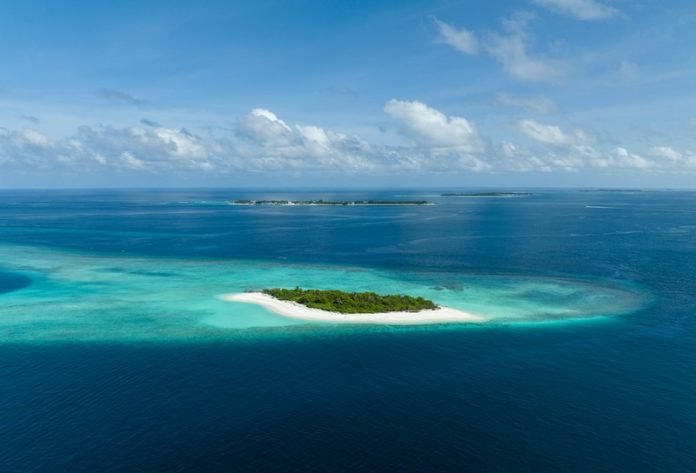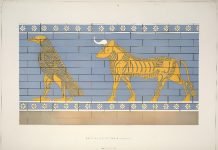
A new study co-led by Simon Fraser University and the National Archaeological Anthropological Memory Management (NAAM Foundation) in Curaçao has significantly extended the timeline of human habitation on Curaçao, pushing back the island’s earliest known human settlement by centuries.
This discovery, detailed in The Journal of Coastal and Island Archaeology, places the initial human occupation of Curaçao to between 5735 and 5600 BCE.
This revelation predates previous estimates by up to 850 years and marks the site at Saliña Sint Marie as the oldest archaeological site on the island discovered to date.
The importance of this finding lies not just in the adjustment of timelines but in its implications for understanding pre-Columbian Caribbean history and the migration and settlement patterns of its earliest peoples.
Christina Giovas, an associate professor at SFU’s Department of Archaeology and co-lead of the study, highlights that the Caribbean’s settlement and the origins of its peoples are topics of ongoing debate among researchers.
The discovery in Curaçao contributes to this debate by suggesting an earlier than previously thought exploration and settlement of the Caribbean, particularly from the continental mainland to Curaçao and potentially to other northern islands.
The new timeline was established through radiocarbon dating of charcoal found at the Archaic period site, utilizing accelerated mass spectrometry, a method that allows for precise dating of ancient organic materials.
This methodological breakthrough provides a more accurate picture of the island’s early human activity and its broader implications for the region’s history.
This research is part of the Curaçao Cultural Landscape Project, initiated in 2018 with the aim of exploring the island’s long-term biodiversity changes and its relationship with human activities.
Claudia Kraan, NAAM Deputy Director and study co-leader, underscores the significance of the findings for the local community, emphasizing that archaeological knowledge is dynamic and evolves with continuous exploration and analysis.
The project also included a five-week international field school in the summer of 2022, where SFU archaeology undergraduate students, alongside local volunteers, engaged in surveying, mapping, and excavating various sites across Curaçao.
These hands-on learning experiences were not only vital for the students’ education in environmental archaeology but also for fostering a deeper understanding of human-environment interactions both past and present.
Moreover, the initiative aims to bolster local archaeological capacity, mobilize knowledge, and heighten awareness of the island’s rich historical tapestry.
The collaboration between SFU, the NAAM Foundation, and other international partners, including the Max Planck Institute of Geoanthropology, the University of Queensland, and InTerris Registries, reflects a comprehensive and multidisciplinary approach to uncovering and preserving Curaçao’s archaeological heritage.
Plans are already underway for a return to Curaçao in 2025 for another field school, further investigating human impacts on the island’s landscape and drawing lessons for contemporary conservation efforts.
This ongoing research not only sheds light on the past but also informs our understanding of sustainable practices and environmental stewardship for the future.
The research findings can be found in The Journal of Island and Coastal Archaeology.
Copyright © 2024 Knowridge Science Report. All rights reserved.




